When applying the label “submarine disasters,” I suppose it’d be useful to specify during peacetime – or at least non-combat operations. Therefore, with all due respect to the surviving descendants of the ill-fated crew of the American Civil War submarine CSS H.L. Hunley, she doesn’t qualify as she sank right off the heels of being the first submersible to sink an enemy warship. That said, let’s look at the 5 Worst Non-Combat Submarine Disasters.
The K-141 Kursk ( «Курск»)
I suppose this is the most obvious example to start with, as it’s the most recent one in public memory, not to mention the fact that I wrote a previous 19FortyFive article on her tragic story. On 15 August 2000 – participating in a major fleet exercise in the Barents Sea along with the aircraft carrier Admiral Kuznetsov – this Oscar II-class submarine sank with the loss of all 118 officers and enlisted sailors when one of her own torpedoes exploded. To compound the tragedy, 23 of her crew amazingly survived the initial blast and could’ve conceivably been rescued … but 6 hours’ worth of dithering on the part of Vladimir Putin and his admirals caused those hopes to literally die out.
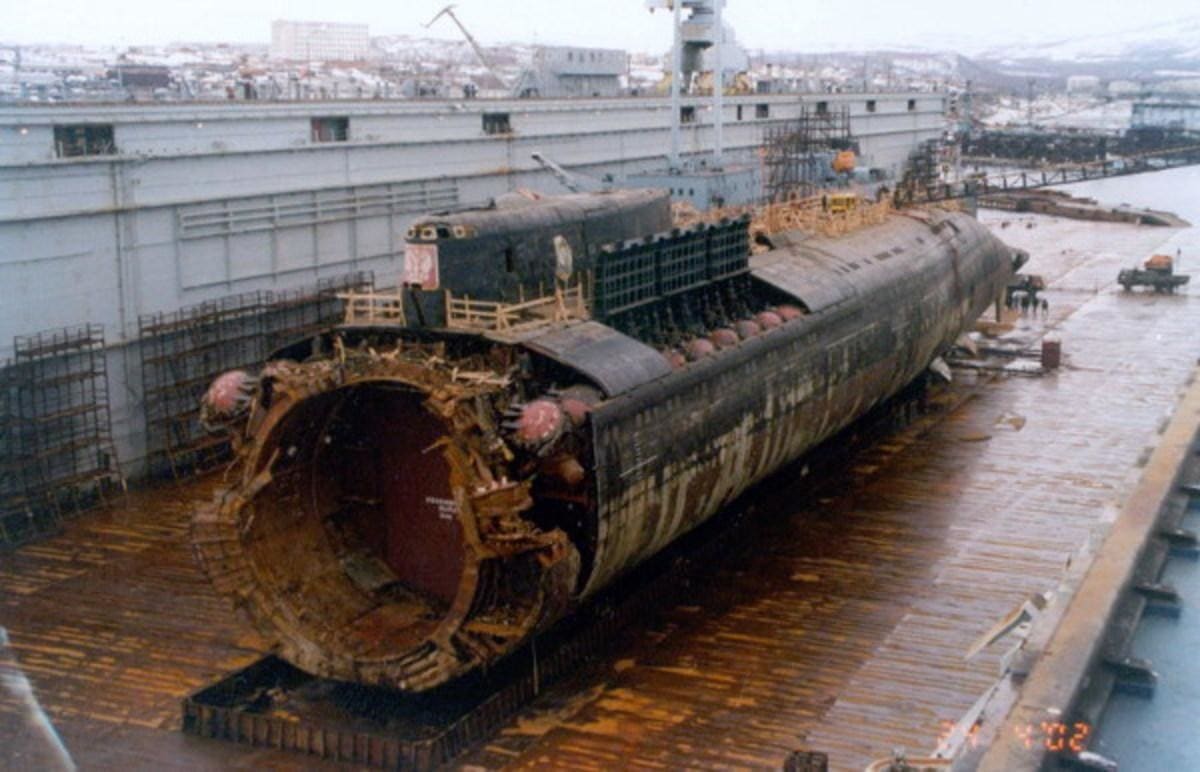
Image: Creative Commons.
The K-129
One (not so) good Russian submarine disaster deserves another, right? This one harkens back to the Cold War/Soviet era, specifically on March 8, 1968. On that date, the Soviet ballistic missile submarine K-129 sank 1,500 miles northwest of Hawaii and 16,500 feet below the surface, with a loss of 83 officers and enlisted men.
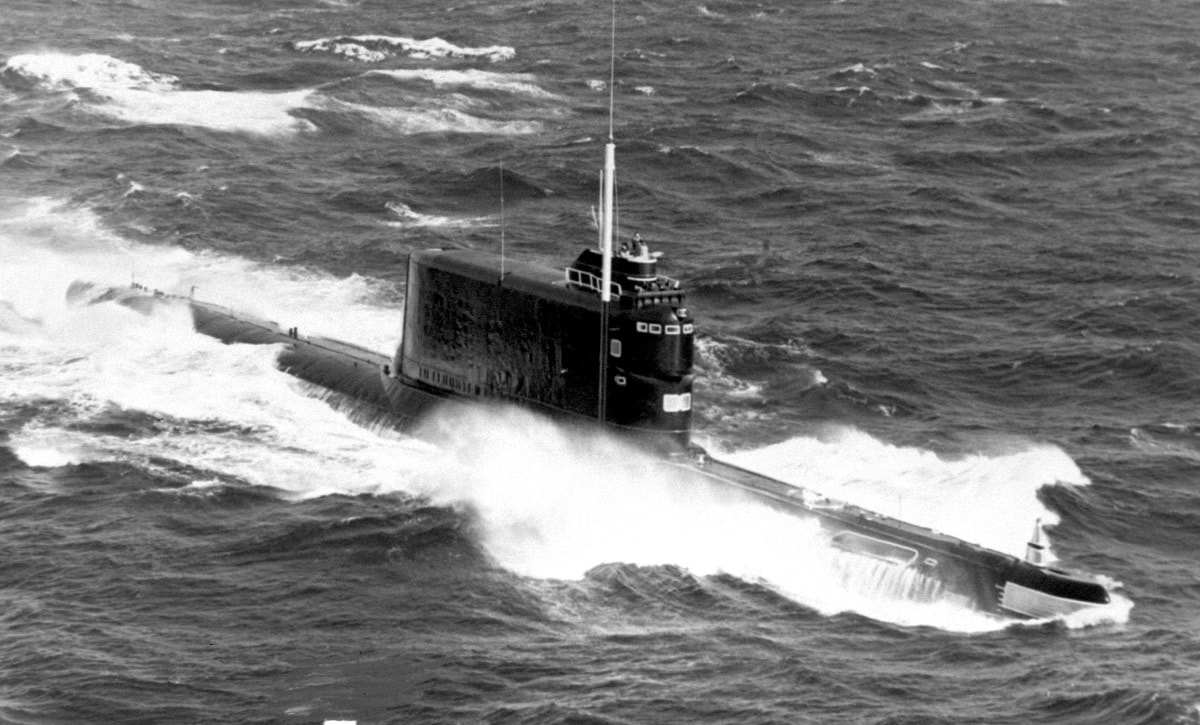
An aerial starboard bow view of a Soviet Golf II class ballistic missile submarine underway. Date Shot: 1 Oct 1985
Whilst conspiracy theories abound, the generally accepted explanation was a mechanical error such as inadvertent missile engine ignition. In any event, the USSR’s loss became the American CIA’s gain. Under the ruse of a deep-sea mining operation, “The Company” initiated Project AZORIAN in 1974 using a specially constructed vessel, the USNS Glomar Explorer (T-AG-193) – financed by eccentric billionaire Howard Hughes – to retrieve the sunken wreckage. An exhibit dedicated to this ambitious operation can be found at the International Spy Museum in Washington DC.
The USS Scorpion (SSN-589) and USS Thresher (SSN-593)
The USS Scorpion and USS Thresher are often mentioned in the same breath as they were both nuclear-powered submarines that sank during the 1960s: the Thresher – which carried on the namesake of the most decorated U.S. Navy submarine of WWII – sank on April 10, 1963, with the loss of all 129 hands; and the USS Scorpion, lost along with all 99 crewmen on June 30, 1968.
In the case of the Thresher, it was pretty straightforward. As noted by History.Com, “A subsequent investigation revealed that a leak in a silver-brazed joint in the engine room had caused a short circuit in critical electrical systems. The problems quickly spread, making the equipment needed to bring the Thresher to the surface inoperable.” In commemoration of the tragedy, then-POTUS John F. Kennedy – himself a former Naval Officer – directed flags across the nation to be flown at half-staff.

Image: Creative Commons.
By contrast, the Scorpion’s sinking was shrouded in secrecy and cover-up for many years. To include a personal connection, back in early 2003 – 25 years after the boat sank – when I was a USAF 2nd Lt. stationed at Tyndall AFB in Panama City, Florida, one of the folks I befriended was former submariner Chuck Micele (LCDR, USN, Ret.). We made plenty of small talk about submarine history, but regarding the Scorpion, Chuck cryptically informed me, “I can’t talk to you about that one; that one’s still classified!”
Fast-forward to 2018, i.e. the 50th anniversary of the sinking, and author Ed Offley was finally able to reveal the true story: “At the heart of the Submarine Force Atlantic, key officials knew practically from the moment of its loss that the Scorpion went down during a confrontation with a Soviet submarine. Their immediate response was to bury the truth as deep as the remains of the Scorpion itself.”
The British K-Boat Class
Not to be confused with the Russian “Ks” obviously. Here, I’ve nominated an entire class of subs, and not just an individual one. Because, quite frankly, the Royal Navy’s K-boats were an unmitigated collective disaster; as the MilitaryFactory.Com info page bluntly states, “The K-class group of British submarines is regarded as one of the worst (if not the worst) military submersibles in the storied history of the Royal Navy.”
Out of 17 such warships built during the First World War, six were lost, with none of those losses due to enemy action! In addition to being dubbed with the morbid sobriquet of “Kalamity-class,” the K-boats also earned the dubious distinction of a full-page write-up by the famed British journalist Sir David Frost in his 1983 Book of the World’s Worst Decisions.
The USS S-4 (SS-109)
Though not the first submarine disaster in the history of the U.S. Navy, it was definitely the biggest one of the pre-nuclear USN, not to mention most scandalous in terms of contemporaneous media coverage and official U.S. government courts of inquiry.
Short version: on December 17, 1927, S-4 was rammed by U.S. Coast Guard destroyer USS Paulding (DD-22); as noted by Naval History Magazine columnist Jon Hoppe, “Though rescue efforts immediately began in earnest, it was too late for the 39 crewmen and a civilian observer aboard S-4. Most had already perished; six men trapped in the torpedo compartment would not be rescued in time.”
The silver lining behind the cloud of the S-4’s loss was that not only was she eventually raised, she also served as the catalyst for vast improvements in tools, tactics, and training for USN submariners’ survival; most notable amongst the tools was the Momsen Lung.
Further Reading
Many an excellent book has been written on submarine disasters and survival stories alike. For a detailed accounting of these pre-WWII USN sub incidents in particular, I recommend the book Hell at 50 Fathoms by Vice Admiral Charles Lockwood, who served Commander of the Submarine Force, U.S. Pacific Fleet (COMSUBPAC) during WWII.
Bonus Photo Essay: Amazing Submarines Edition
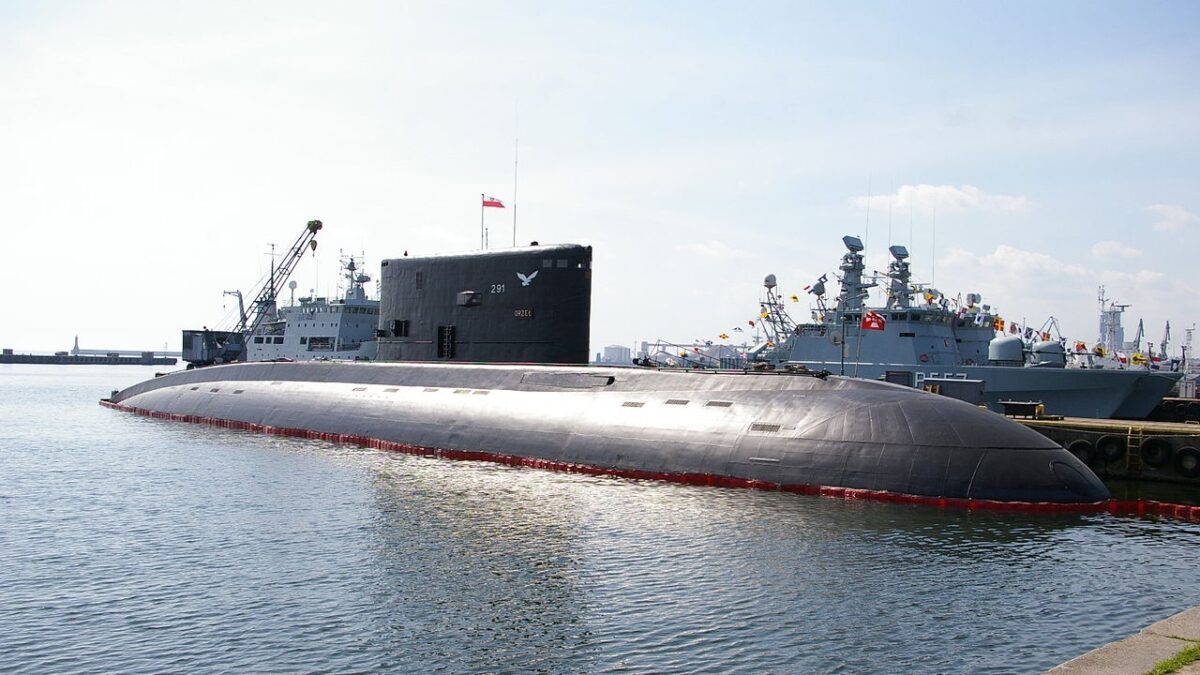
Polish Navy submarine, Kilo-Class.

Sturgeon-Class submarine. Image Credit: Creative Commons.
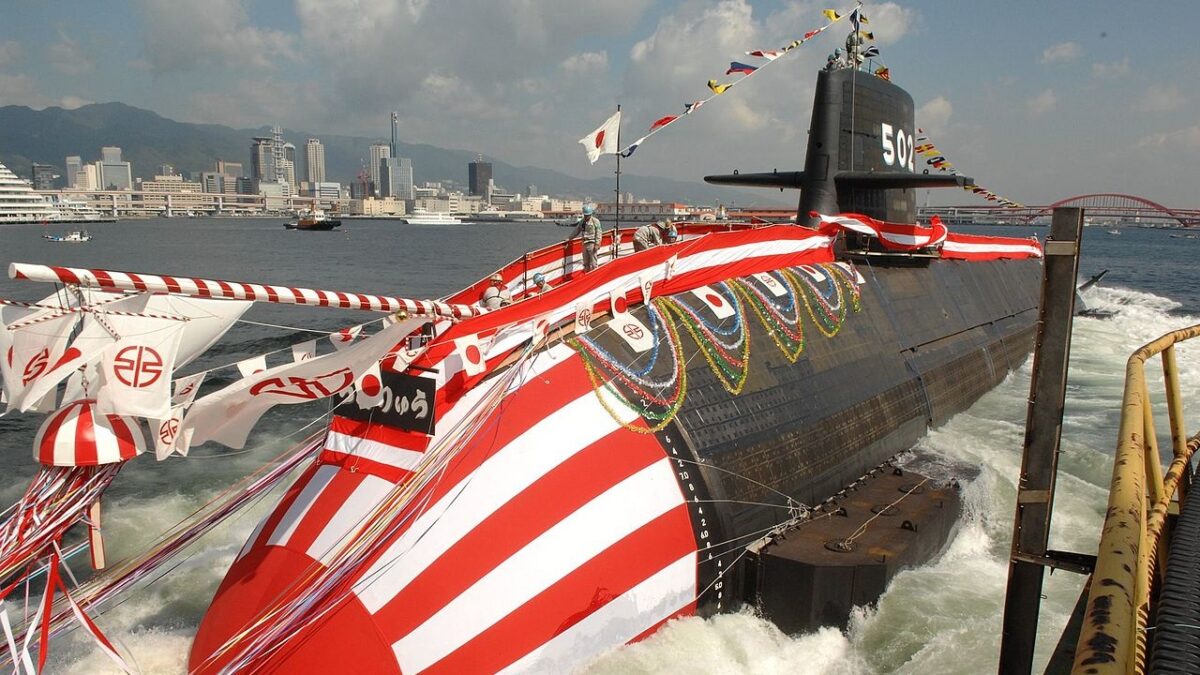
Japan’s submarine force is one of the best on Earth.
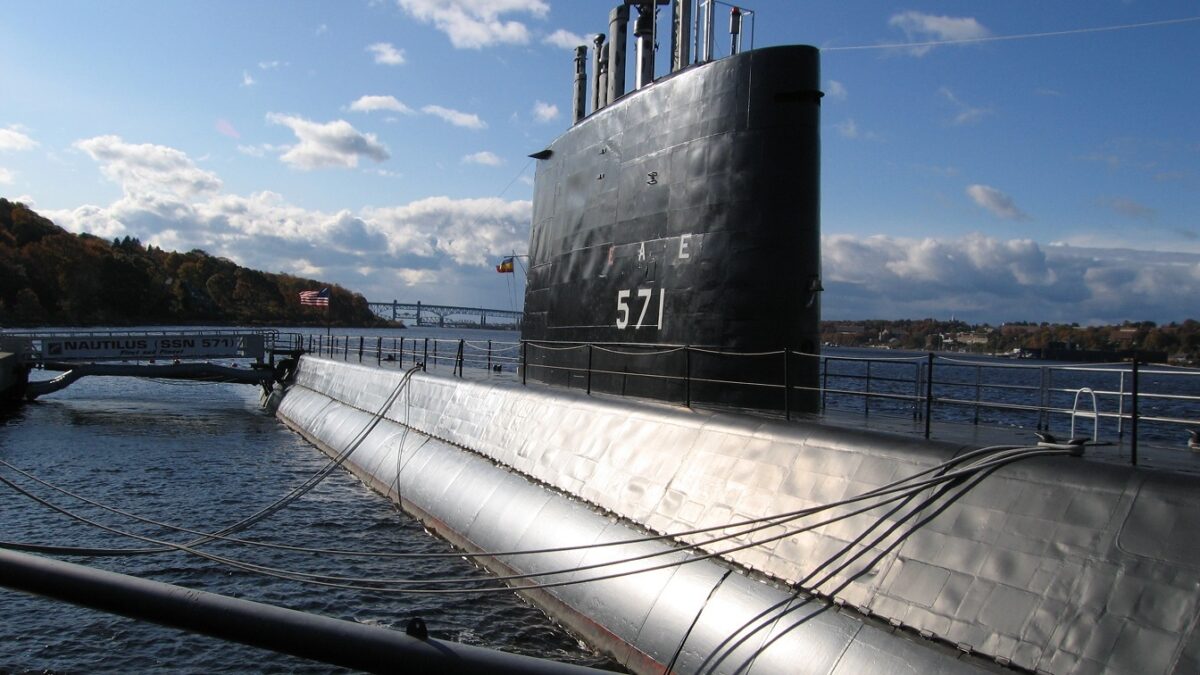
The USS Nautilus permanently docked at the US Submarine Force Museum and Library, Groton, CT.

DF-ST-89-02248 A mooring party stands by on the deck of the damaged submarine USS BONEFISH (SS 582) as tug boats assist the ship into a berth. The BONEFISH became disabled when it experienced a mid-ocean engine problem. Location: NAVAL STATION, CHARLESTON
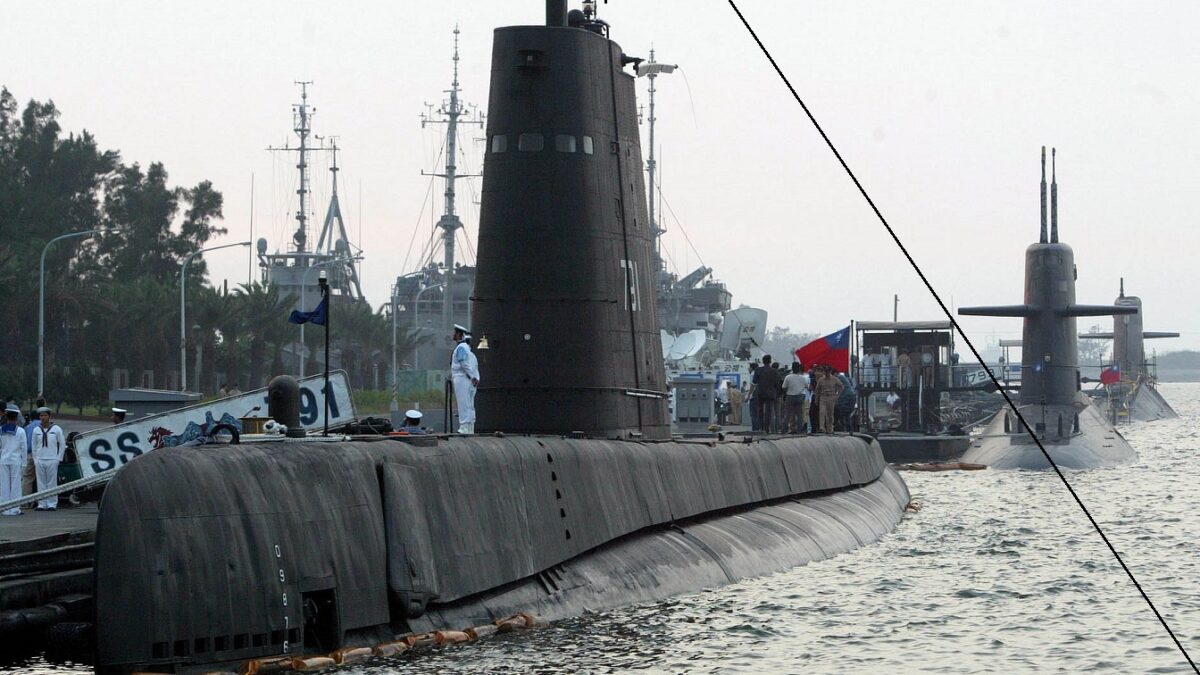
Hai Shih-class submarines. Image Credit: Creative Commons.
Christian D. Orr is a former Air Force Security Forces officer, Federal law enforcement officer, and private military contractor (with assignments worked in Iraq, the United Arab Emirates, Kosovo, Japan, Germany, and the Pentagon). Chris holds a B.A. in International Relations from the University of Southern California (USC) and an M.A. in Intelligence Studies (concentration in Terrorism Studies) from American Military University (AMU). He has also been published in The Daily Torch and The Journal of Intelligence and Cyber Security. Last but not least, he is a Companion of the Order of the Naval Order of the United States (NOUS). In his spare time, he enjoys shooting, dining out, cigars, Irish and British pubs, travel, USC Trojans college football, and Washington DC professional sports.

